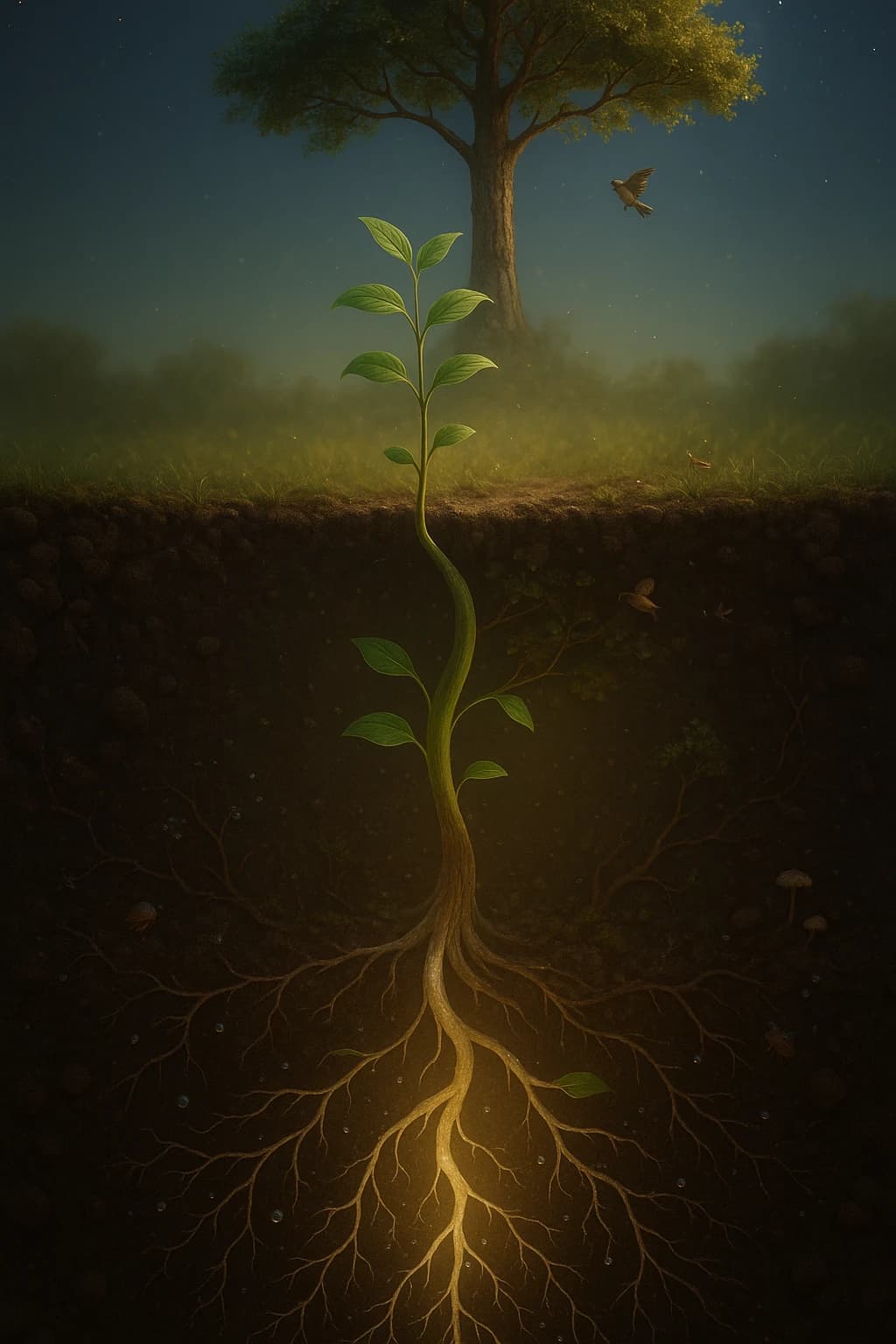从意念到命运的正念之路
创建于:2025年8月10日

把意念变成习惯;把习惯变成习惯,变成命运。——一行禅师
意念:一切改变的起点
一行禅师提醒我们:命运并非突如其来的审判,而是心念一路累积的结果。你提供的句子常见的完整链条是:把意念化为行动,把行动变成习惯,把习惯塑造性格,终而成就命运。在《正念的奇迹》中,他把意念称作“心中的种子”,会在注意力的滋养下发芽。既然种子已在,我们需要让它切实落地,化为第一个可见的动作。
由念成行:把心法化作动作
从念到行,关键在于为意念设定“入口”。心理学称之为执行意图(Gollwitzer, 1999):用“如果X,那么我就Y”的句式把想法绑定到情境。比如:如果闹钟响,我就起身做三次深呼吸;若回家见到门把手,我就换上跑鞋出门五分钟。这样,意念不再漂浮,而是变成能被身体完成的微动作,也为下一步的重复创造条件。
行成于常:神经可塑与习惯
当动作开始重复,神经回路随之加粗。Hebb(1949)提出“同时发放的神经元会连线在一起”,而威廉·詹姆斯在《心理学原理》(1890)将习惯比作“槽道”,越走越顺。因此,习惯不靠意志硬撑,而靠频率与环境设计:让正确的动作更容易发生、错误的动作更难发生。微小且高频,往往胜过宏大却稀疏的努力,这也把我们自然引向性格的塑形。
习惯织人格:性格的缓慢生成
当若干稳定的习惯彼此交织,就形成可被他人与自我一再验证的性格。常被误归于亚里士多德的名言,实由杜兰特在《哲学的故事》(1926)概括而来:“我们反复做的事情,决定了我们是谁。”守时的习惯久而久之被感知为可靠;每日阅读则沉淀为好学。如此,习惯的取舍与坚持,逐步决定我们成为什么样的人。
性格与命运:选择的长期回声
于是,命运并非形而上的宿命,而是性格与环境互动后的统计结果。维克多·弗兰克尔在《活出意义来》记述:刺激与反应之间有一段空隙,在那里我们有选择的自由。能在空隙中稳住的人,更易选择与其性格相契合的道路,并在反复选择中叠加优势;同时,承认现实的结构性限制,反而更能把握那一小段可贵的自由。
回到当下:可操作的正念练习
回到实践,一行禅师在《正念的步伐》中给出温柔而具体的路:其一,一息一意,以三次呼吸安顿当下;其二,设“微触发”,把关键意念绑定日常线索;其三,设置“正念钟”(手机或门铃)提醒轻停、微笑、呼吸;其四,黄昏三问:我今天播下了哪些种子?哪里可在明天做得更小、更稳?如此循环,意念化行动,行动成习惯,习惯养性格,而性格便在时间中静静改写命运。